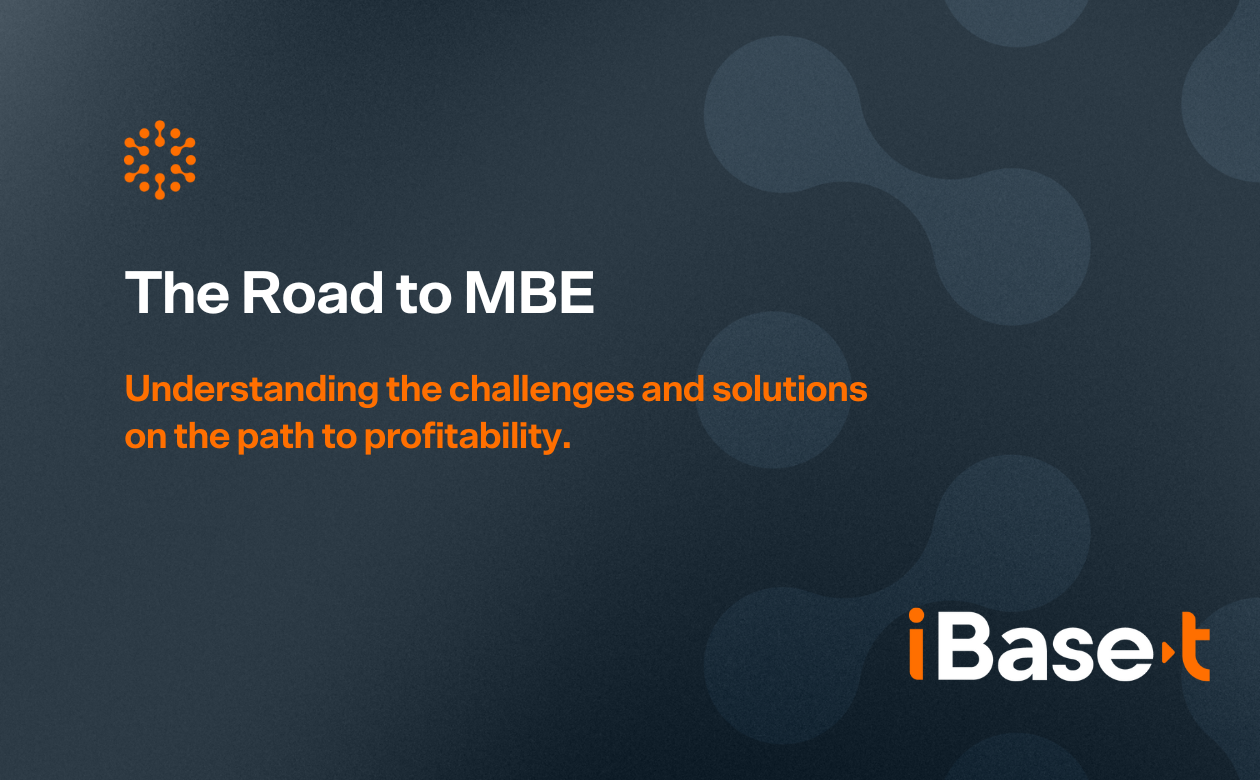The advantages of designing products with 3D-modeling software have been known for many years. With a 3D model, you can change and optimize a design easily, test it in software, and send it on to the production teams with a high level of confidence.
However, once in manufacturing, the 3D model is essentially lost as each team in the downstream production process uses the model in different ways and in different forms. For manufacturing purposes, the product design is often delivered in sets of 2D engineering drawings.
But what if you could extend the 3D digital model to your whole company? Not just through the product design phase, but through all related operations and even throughout the product lifecycle? As digital manufacturing matures, this is exactly what some companies are doing. The concept is called the Model-Based Enterprise (MBE), and it provides yet one more reason for manufacturers of all sizes to make the transformation from paper to paperless.
It’s a question every manufacturer should be thinking about: Are you ready to become a Model-Based Enterprise?
What’s the big idea?
The central idea of the Model-Based Enterprise is to utilize a complete 3D digital model of your product throughout the enterprise. MBE replaces multiple engineering drawings with a single 3D model that contains all the information about the product, materials, and processes needed to manufacture it. Everyone in the manufacturing enterprise works from this same model, which improves accuracy and efficiency throughout. Furthermore, this model can be dynamic, meaning that as product or processes are changed, the model is automatically updated.
Research shows that companies with an MBE strategy are 48% more likely to experience revenue growth than competitors without a strategy. Top engineering and manufacturing benefits include fewer errors, improved manufacturability assessment, and more automation. Companies with fully implemented MBE strategies are able to model their enterprise the way designers model their products—predicting outcomes, trying alternatives, and optimizing operations.
How to tell if you’re ready to be an MBE
Obviously, an MBE requires a digitalized manufacturing environment. But how digitalized does it need to be?
We’ll assume you have 3D product modeling. The other critical element that’s needed is a modern Manufacturing Execution System (MES) that can manage and utilize the model easily. It helps if your MES can incorporate hand-drawn models and lists in addition to digital information. For example, with iBase-t’s Solumina MES solution, you can…
- Create manufacturing product definition based on drawings/models
- Generate digital mBOMs, including data compiled from manual drawing-based lists
- Define manufacturing facilities and tooling, based on processes derived from drawings/models
You’ll also need CAD systems that include Semantic PMI, which creates direct links between the CAD engineering model and the machines on the line without human involvement. Semantic PMI ensures that all 3D models represent the correct physical references, which safeguards Model Based Definitions (MBDs) from error and expands their capabilities. Engineers also use Semantic PMI to define and standardize best practices, optimizing the process as much as the product.
Manufacturers should plan to include applications such as PLM, SQM, and MRO on their MBE journey. The more completely a firm has digitalized its systems, the more powerful MBE capability becomes. For example, as you compile data and experience on new product launches, an MBE becomes a powerful tool for modeling scenarios and planning the most profitable rollout plan based on real-time and historical data.
You can even use your MBE infrastructure to create a digital thread that records every event and change that takes place with a product. The digital thread is the sum of all data digitally linked to form a single, contiguous definition of all value-added decisions. Manufacturing engineers create MBOMs from the PMI to deliver automated instructions for machines or work instructions for human operators. As this evolution continues, manufacturing is moving from illustrations to animations to augmented reality as a means of delivering information. Once the product is in the user’s hands, the model provides the data needed for predictive MRO operations. It’s a closed loop of digital information that can be used to drive continuous improvement.
Getting started
Digital technology is the foundation of MBE, but it’s not enough. You also need to be ready to address training, because employee buy-in is vital for a successful MBE initiative. Most people outside of design aren’t used to working with 3D models, so your operations staff will need help and support in adapting. You may also need to evolve your processes to take full advantage of 3D capabilities and to speed up user acceptance.
Finally, and this needs to be emphasized, adopting a Model-Based Enterprise is a strategic initiative that should be folded into the overall digital transformation plan. As with all strategic initiatives, MBE takes leadership and commitment from the top to be successful. It goes hand-in-hand with digital transformation, but it doesn’t happen by itself.
As far as vendors go, choose ones that share your vision of a Model-Based Enterprise, that offer MBE capabilities, and that provide a staged, step-by-step approach to digital adoption. This last point is important. With SaaS applications delivered through the Cloud, and MES platforms that allow modular adoption, manufacturers of any size can take the first step into paperless manufacturing and the Model-Based Enterprise with very little risk and with large potential reward. Plan for a Model-Based Enterprise from the start of your digital journey and your chances for success are greatly improved. You may even be ready to start now.




